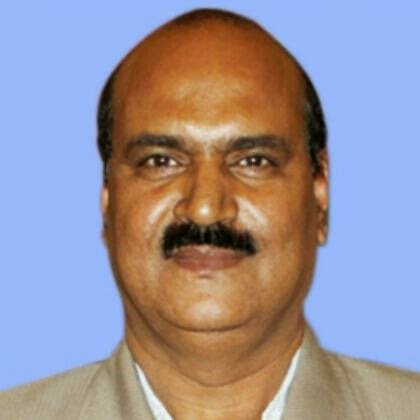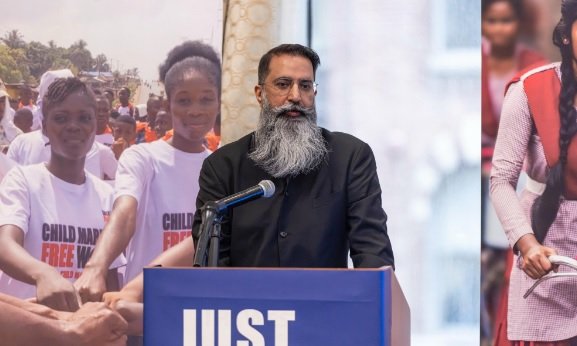Last Updated on September 16, 2025 9:49 pm by BIZNAMA NEWS
By S.N. Verma

The Ministry of Culture has unveiled a landmark initiative—‘Gyan Bharatam’, a mission dedicated to the preservation, digitisation, and dissemination of India’s vast manuscript heritage. This ambitious programme seeks not only to revive the intellectual treasures of the past but also to make them relevant to the aspirations of a modern, knowledge-driven society.
The first ‘Gyan Bharatam’ International Conference on Recovering India’s Knowledge Heritage through Manuscript Heritage was held from 11–13 September at Vigyan Bhavan, New Delhi. More than 1,100 participants—including scholars, researchers, institutions, cultural workers, and global experts—came together to deliberate on ways to safeguard, catalogue, and share India’s manuscript wealth with the world. On 12 September, Prime Minister Narendra Modi himself joined the deliberations, underscoring the importance of the mission.
This initiative is not entirely new. During the tenure of Prime Minister Atal Bihari Vajpayee, a National Manuscript Mission was launched with the aim of indexing and identifying manuscripts. However, progress slowed in subsequent years. The new mission, therefore, represents a revival and expansion of that earlier vision, infused with modern tools of technology and broader public participation.
Why Gyan Bharatam Matters
India’s manuscript tradition is among the richest in the world, with over ten million manuscripts in Sanskrit and regional languages covering literature, science, mathematics, philosophy, astronomy, medicine, art, and spirituality. These are not mere records of dynasties or kings but living repositories of ideas and values that shaped civilization. They reflect humanity’s timeless quest for knowledge, sustainability, and harmony with nature.
The Delhi Declaration, formally adopted at the conference as the ‘Gyan Bharatam Sankalp Patra’, highlighted this richness and resolved to preserve, digitise, and disseminate the vast manuscript heritage as part of the vision of a Developed India 2047. The document emphasised that true pride in our civilisation will come only when ordinary citizens recognise and connect with their knowledge heritage.
Beyond Preservation: Connecting Knowledge to People
The success of Gyan Bharatam will depend on whether manuscripts remain confined to academic shelves or become accessible to the common citizen. For this mission to become a mass movement, the wisdom of the texts must be integrated with contemporary social concerns. Modern technology, digital platforms, and social media can play a critical role in making these manuscripts widely available, ensuring that every Indian feels proud of this intellectual inheritance.
Equally, the knowledge preserved in these texts must be shown as practically relevant—not just historically significant. For instance, ancient treatises on medicine, environmental sustainability, and mathematics can still inspire innovation today. Unless this connection is established, the campaign risks being incomplete.
The Challenge of Identification and Retrieval
One of the biggest challenges is locating and cataloguing manuscripts. While India is said to hold ten crore manuscripts, no comprehensive survey exists. Moreover, nearly one million manuscripts are scattered abroad, in countries such as Germany, France, the UK, Denmark, Sweden, the Netherlands, and even in the Hermitage Museum in Russia.
Urgent steps are required to identify, catalogue, and secure digital copies before deterioration or loss occurs. The mission has, therefore, announced a nationwide survey and digital archive project, coupled with advanced systems for extraction, study, and dissemination of knowledge.
National and Global Collaboration
The government envisions Gyan Bharatam as a multi-stakeholder effort involving libraries, universities, monasteries, temples, religious institutions, and even private collectors. By creating a common platform, the mission aims to ensure that manuscripts are not just preserved but also made accessible to researchers and the public for generations to come.
This thoughtful revival can foster national pride, strengthen education, enhance cultural diplomacy, empower local communities, promote sustainable development, and catalyse new interdisciplinary research. In the long run, it can help India project itself as a knowledge civilisation, sharing its intellectual wealth with the world.
A Legacy for the Future
Thousands of years ago, India’s sages and mystics produced texts that remain astonishingly relevant to modern humanity. The insights they offered into human life, the cosmos, ethics, and science continue to resonate across cultures and time. By reviving this tradition through Gyan Bharatam, India has an opportunity not only to reconnect with its roots but also to inspire global conversations on sustainability, human values, and holistic knowledge.
The Gyan Bharatam Mission is, therefore, not just a cultural initiative—it is a bridge between the wisdom of the past and the challenges of the future. If implemented with vision and inclusivity, it has the potential to transform India’s intellectual heritage into a dynamic force for national development and international dialogue.
(The author is a freelance journalist and columnist)

